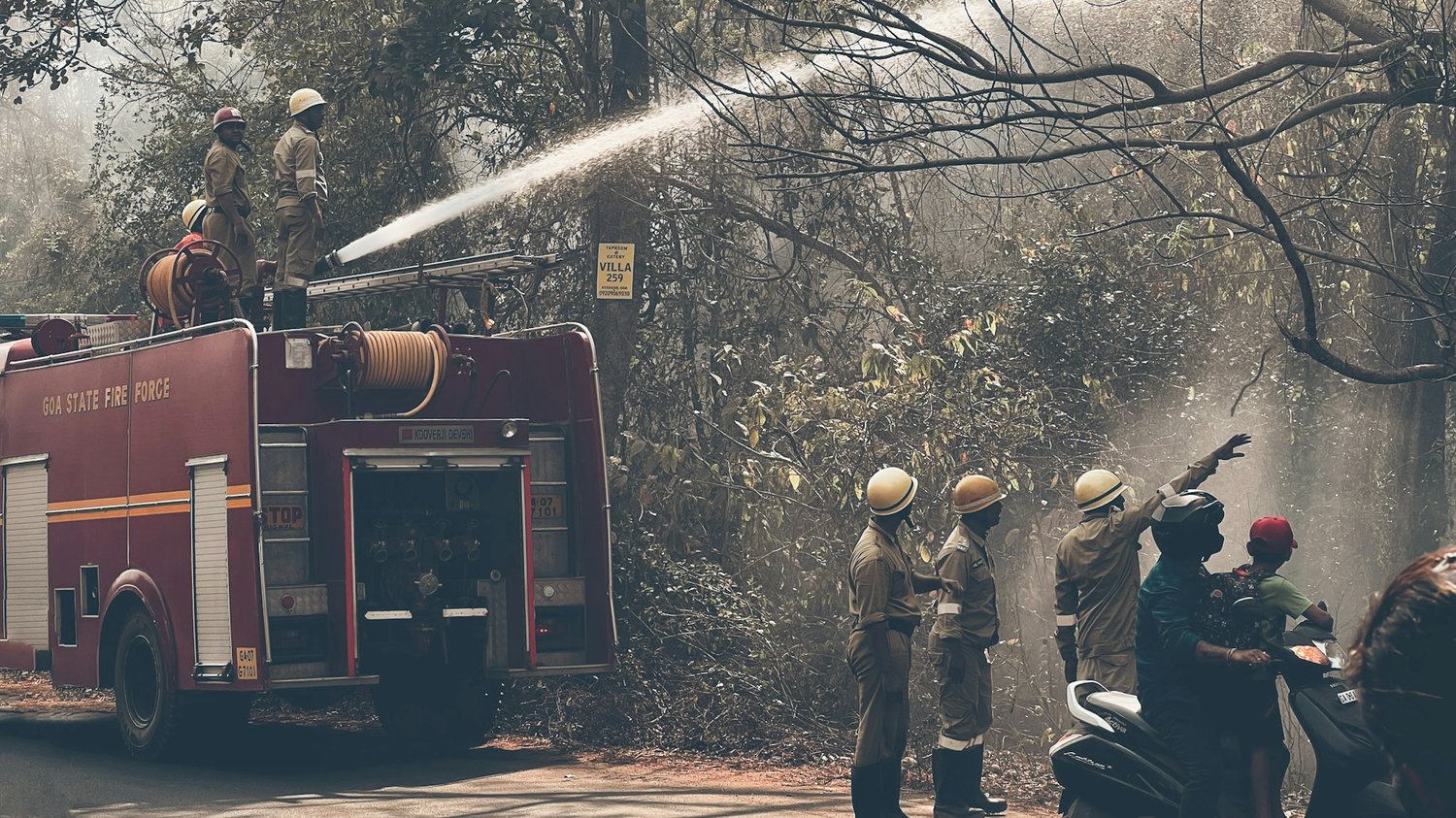Emergencies can strike at any time, often without warning. Whether it’s a natural disaster, a medical emergency, or an unexpected event, having a plan can make all the difference. Creating a family emergency plan is crucial to ensuring the safety and well-being of your loved ones. This step-by-step guide will walk you through everything you need to know to get your family prepared.
Step 1: Gather Your Family.
The first step in creating a family emergency plan is to gather everyone together. It’s important that every family member, including children, understands the plan and their role in it. Choose a time when everyone can sit down together without distractions.
Pro Tip: Make this meeting a regular event, reviewing and updating your plan as needed.
Step 2: Identify Potential Emergencies.
Consider the types of emergencies that could affect your area. These could include natural disasters like hurricanes, earthquakes, floods, and tornadoes, as well as man-made events such as power outages, fires, and chemical spills. Knowing what you’re preparing for will help you tailor your plan.
Pro Tip: Check local government websites for information on common local emergencies.
Step 3: Create a Communication Plan.
Communication is key during an emergency. Make sure everyone knows how to get in touch with each other. Write down important phone numbers and keep a copy in your emergency kit.
1. Emergency Contacts: List contact numbers for each family member, nearby relatives, and a designated out-of-town contact.
2. Text and Email: In case phone lines are down, having a backup way to communicate, such as texting or emailing, can be invaluable.
3. Social Media: Establish a social media platform as an additional way to check in and share updates.
Pro Tip:Teach younger children how to call 911 and provide essential information.
Step 4: Establish Meeting Places.
In an emergency, your family might not be together. Establish meeting places both near your home and outside your neighborhood.
1. Near Home: A nearby spot like a neighbor’s house or a local park.
2. Outside Neighborhood: A more distant location in case you can’t return home, such as a relative’s house or a community center.
Pro Tip: Make sure everyone knows the addresses and routes to these locations.
Step 5: Develop an Evacuation Plan.
If you need to evacuate your home, it’s crucial to have a clear, practiced plan. Identify primary and secondary escape routes from your home, and ensure they are free from obstacles.
1. Practice: Regularly practice evacuating your home using different routes.
2. Special Needs:Consider the needs of all family members, including pets, infants, and elderly relatives. Ensure you have the necessary supplies and equipment ready.
Pro Tip: Keep emergency supplies in an easily accessible location.
Step 6: Assemble an Emergency Kit.
An emergency kit is a collection of essential items your family may need in the event of an emergency. Your kit should include:
1. Food and Water: At least a three-day supply of non-perishable food and water (one gallon per person per day).
2. First Aid Kit: Bandages, antiseptics, prescription medications, and other medical supplies.
3. Tools and Supplies:Flashlights, batteries, a manual can opener, and a multi-purpose tool.
4. Personal Hygiene Products: Soap, hand sanitizer, toothbrushes, toothpaste, and feminine hygiene products.
5. Important Documents: Copies of identification, insurance policies, and medical records.
6. Clothing and Bedding:Warm clothes, sturdy shoes, and blankets or sleeping bags.
Pro Tip:Customize your kit to suit your family’s specific needs.
Step 7: Plan for Specific Scenarios.
Different emergencies require different responses. Plan for specific scenarios like fires, earthquakes, and power outages.
1. Fire: Identify escape routes, practice fire drills, and ensure everyone knows how to use a fire extinguisher.
2. Earthquake: Know safe spots to take cover and practice “Drop, Cover, and Hold On” drills.
3. Power Outage: Have backup lighting sources and a plan to keep warm or cool, depending on the season.
Pro Tip: Regularly review and practice these plans with your family.
Step 8: Stay Informed.
During an emergency, staying informed is crucial. Identify reliable sources of information and know how to access them.
1. Emergency Alerts: Sign up for local emergency alerts and warnings.
2. Radio: Keep a battery-powered or hand-crank radio to receive updates if the power goes out.
3. Apps: Use apps like FEMA or Red Cross to receive real-time alerts and information.
Pro Tip: Ensure all family members know how to access these resources.
Step 9: Review and Practice Regularly.
An emergency plan is only effective if everyone knows it well. Review and practice your plan regularly to ensure everyone is familiar with it and ready to act.
1. Drills:Conduct regular drills for different scenarios, such as evacuations and shelter-in-place.
2. Updates: Update your plan and emergency kit as needed, particularly when there are changes in family members or living situations.
Pro Tip: Involve children in the planning and practice to help them feel more prepared and less anxious.
Step 10: Stay Positive and Ready.
Preparation can alleviate a lot of the stress that comes with emergencies. By creating a family emergency plan, you are taking a proactive step towards ensuring the safety and well-being of your loved ones.
For a comprehensive guide on emergency preparedness, including detailed information and practical tips, check out my eBook, "Emergency Preparedness: Your Complete Guide to Stocking Up at Heaven and Earth Grocery Store - Essential Tips for Families, Survivalists, and Natural Disaster Preppers." Get your copy now .
Remember, the best time to prepare for an emergency is before it happens. Take these steps today to create a family emergency plan that will help you stay safe and ready for whatever comes your way. Stay safe and stay prepared!


